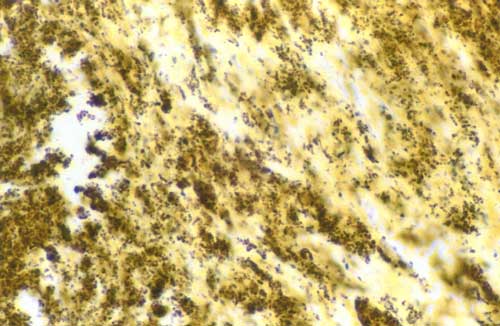Endocarditis, infective
Endocarditis is an inflammation of the inner layer of the heart, the endocardium. The most common structures involved are the heart valves. more...
Endocarditis can be classified by etiology as either infective or non-infective, depending on whether a foreign micro-organism is causing the problem.
Infective endocarditis
As the valves of the heart do not actually receive any blood supply of their own, which may be surprising given their location, defense mechanisms (such as white blood cells) cannot enter. So if an organism (such as bacteria) establish hold on the valves, the body cannot get rid of them.
Normally, blood flows pretty smoothly through these valves. If they have been damaged (for instance in rheumatic fever) bacteria have a chance to take hold.
Read more at Wikipedia.org



